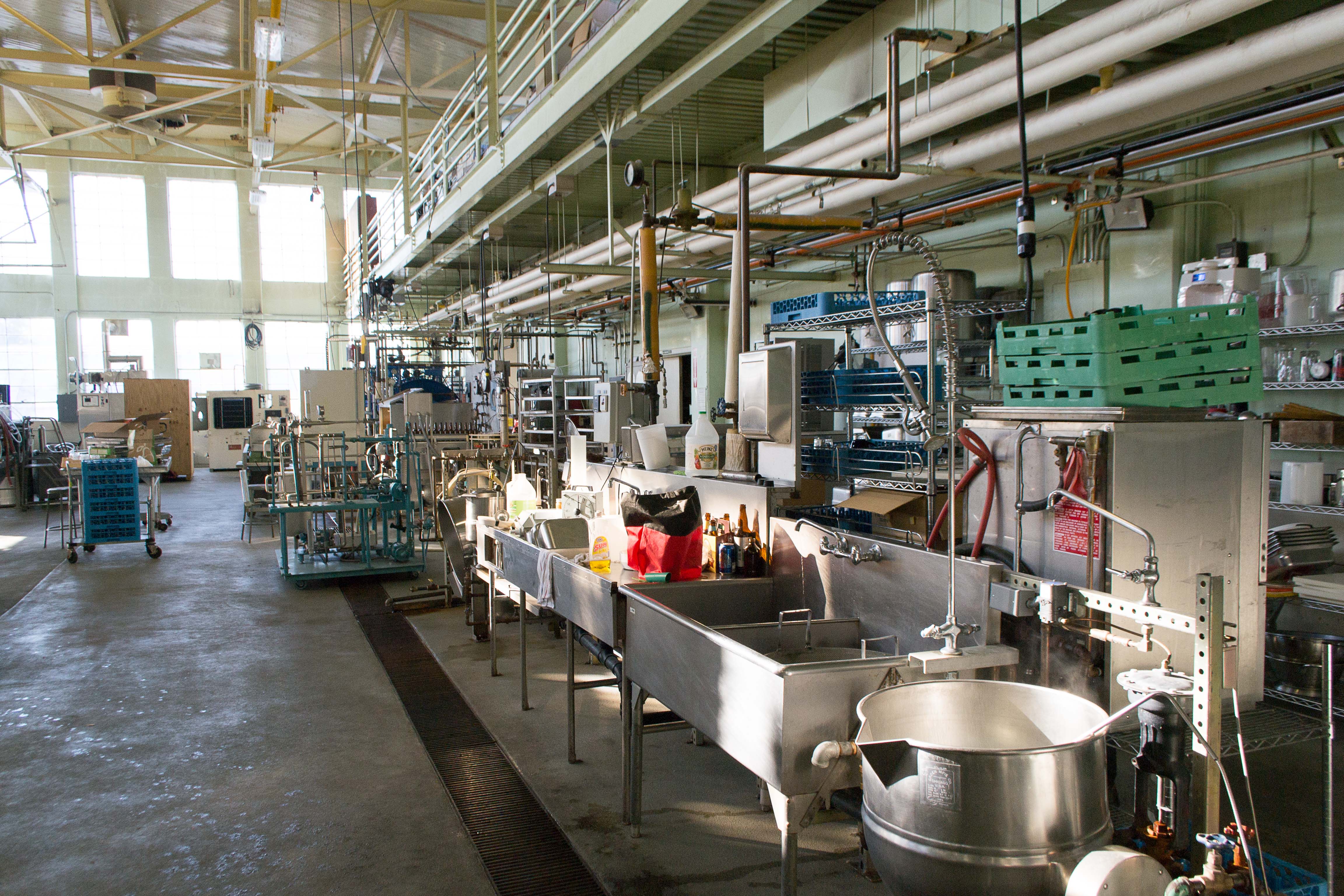
Photo from academic.microsoft.com
Current approaches based on electrophoretic, chromatographic or immunochemical principles have allowed characterizing multiple allergens, mapping their epitopes, studying their mechanisms of action, developing detection and diagnostic methods and therapeutic strategies… Click to show full abstract
Current approaches based on electrophoretic, chromatographic or immunochemical principles have allowed characterizing multiple allergens, mapping their epitopes, studying their mechanisms of action, developing detection and diagnostic methods and therapeutic strategies for the food and pharmaceutical industry. However, some of the common structural features related to the allergenic potential of food proteins remain unknown, or the pathological mechanism of food allergy is not yet fully understood. In addition, it is also necessary to evaluate new allergens from novel protein sources that may pose a new risk for consumers. Technological development has allowed the expansion of advanced technologies for which their whole potential has not been entirely exploited and could provide novel contributions to still unexplored molecular traits underlying both the structure of food allergens and the mechanisms through which they sensitize or elicit adverse responses in human subjects, as well as improving analytical techniques for their detection. This review presents cutting-edge instrumental techniques recently applied when studying structural and functional aspects of proteins, mechanism of action and interaction between biomolecules. We also exemplify their role in the food allergy research and discuss their new possible applications in several areas of the food allergy field.
Journal Title: Critical reviews in food science and nutrition
Year Published: 2021
Link to full text (if available)
Share on Social Media: Sign Up to like & get
recommendations!